Watershed health — Lower Columbia update
We investigated the health of stream habitats in the Lower Columbia Status and Trends Region in 2010, 2014, and 2023. Data from 2010 and 2014 show a majority of good biological conditions, but there is widespread poor relative bed stability. 2023 data are under review.

Use the map to navigate our reports by Status and Trends Region.
Regional summary
- B-IBI scores in the Lower Columbia Region show a similar number of streams in good biological condition, but the proportion of streams in poor condition appeared to increase.
- The most prevalent stressors for streams in the Lower Columbia Region were poor relative bed stability, elevated nitrogen concentrations, low dissolved oxygen, and elevated sand/fines percentages.
Biological condition
Invertebrate biological condition of streams, as assessed with B-IBI scores, did not change significantly from 2010 to 2014 in the Lower Columbia Region. However, the proportion of streams classified as fair decreased, and those classified as poor increased. These results were not significantly different and will require another round of sampling to see trends.
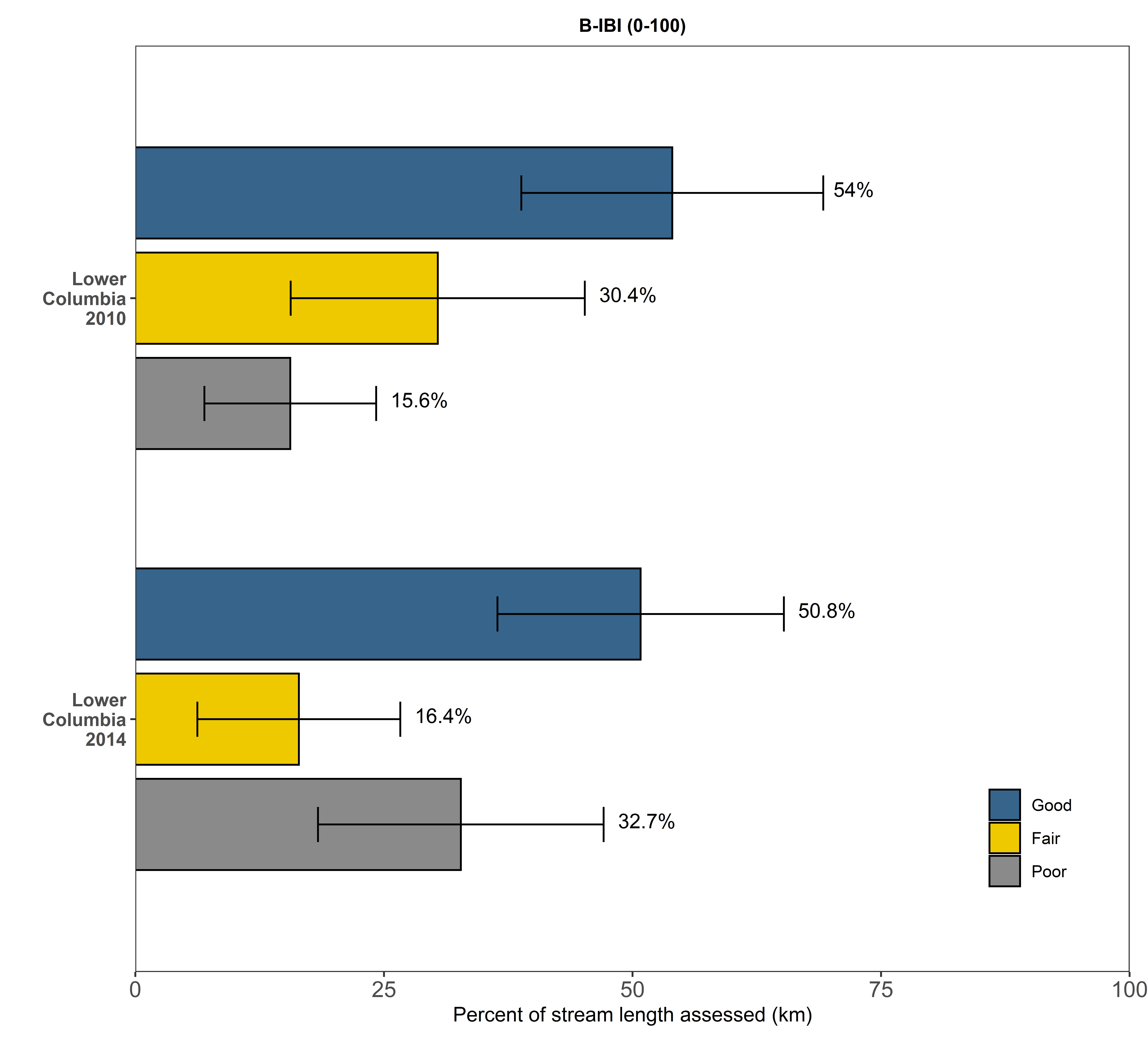
We used B-IBI ratings from 2010 & 2014 to obtain the percentage of stream kilometers in good, fair, and poor conditions for the Lower Columbia Region. Error bars represent 95% confidence intervals.
Significant physical and chemical stressors
In the Lower Columbia Region, the number of stream kilometers with poor riparian shade cover at the stream bank improved between 2010 and 2014. Similar to many other regions, substrate-related attributes were among the worst stressors. These included bed stability, sand/fines, embeddedness, and suspended solids. High nitrogen and poor dissolved oxygen, chemical stressors, were also prevalent in the Lower Columbia Region.
To interact with this graph and learn more about these physiochemical stressors, hold your mouse over each bar.
This interactive graph shows the percentage of stream kilometers assessed with poor physiochemical conditions in the Lower Columbia Region for 2010 and 2014. The x-axis represents the percentage of river extent in poor condition. Error bars show 95% confidence intervals.
Flip through our field photos!
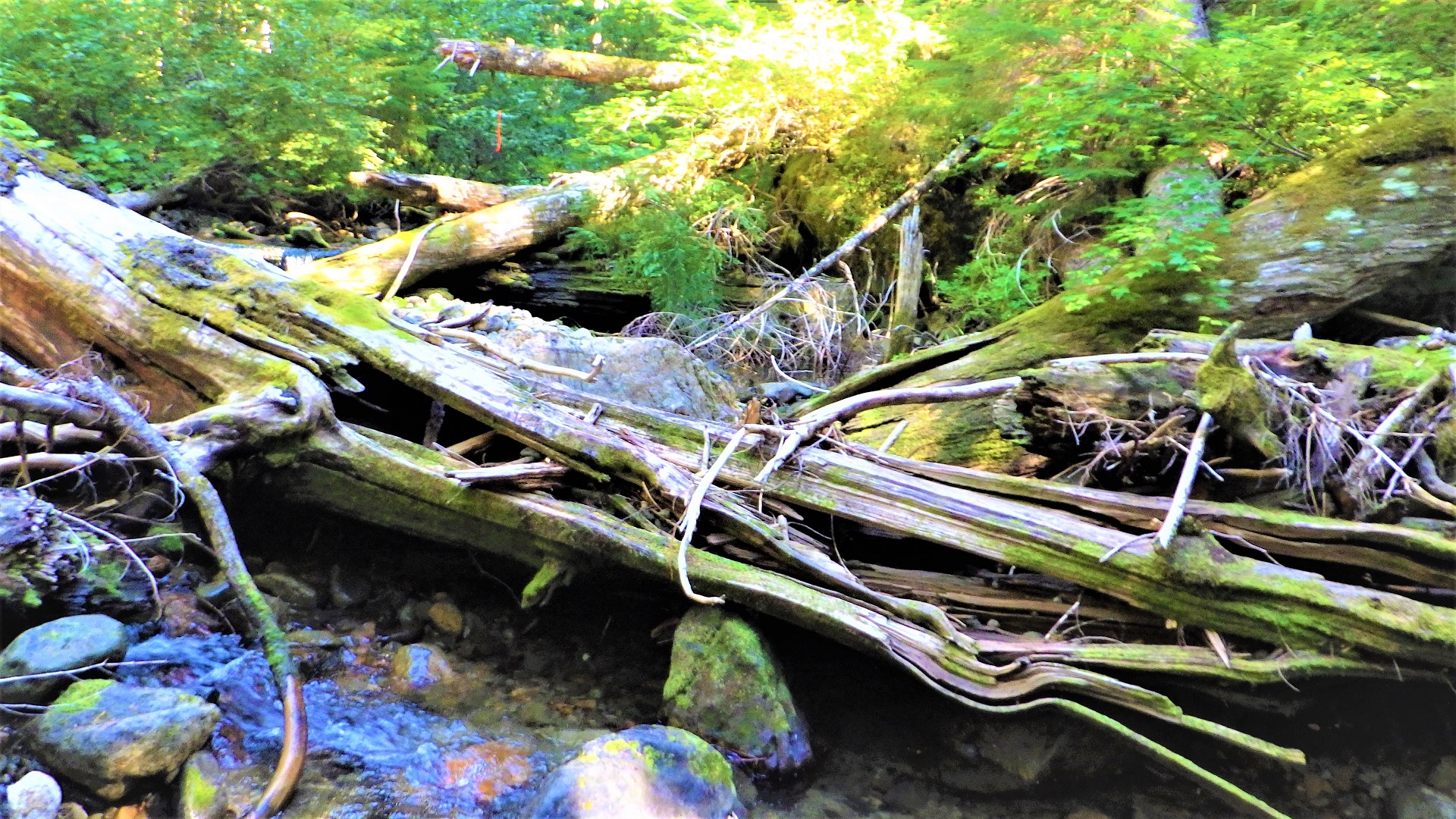
Large woody debris can provide shade and fish cover in streams and rivers.
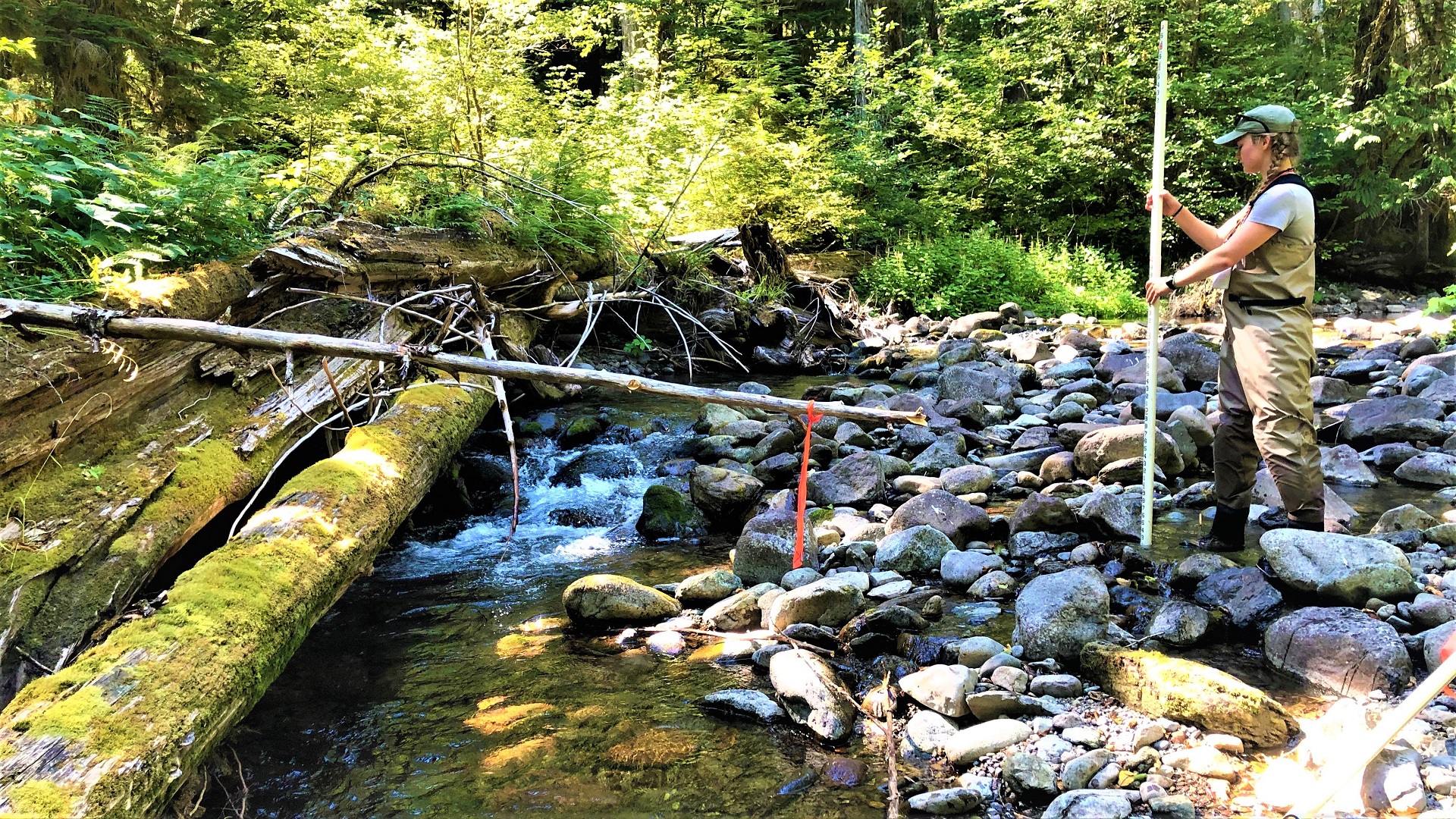
A crewmember measures a wetted depth at Trapper Creek.

Crewmember waves while on their way to collect an invertebrate sample.
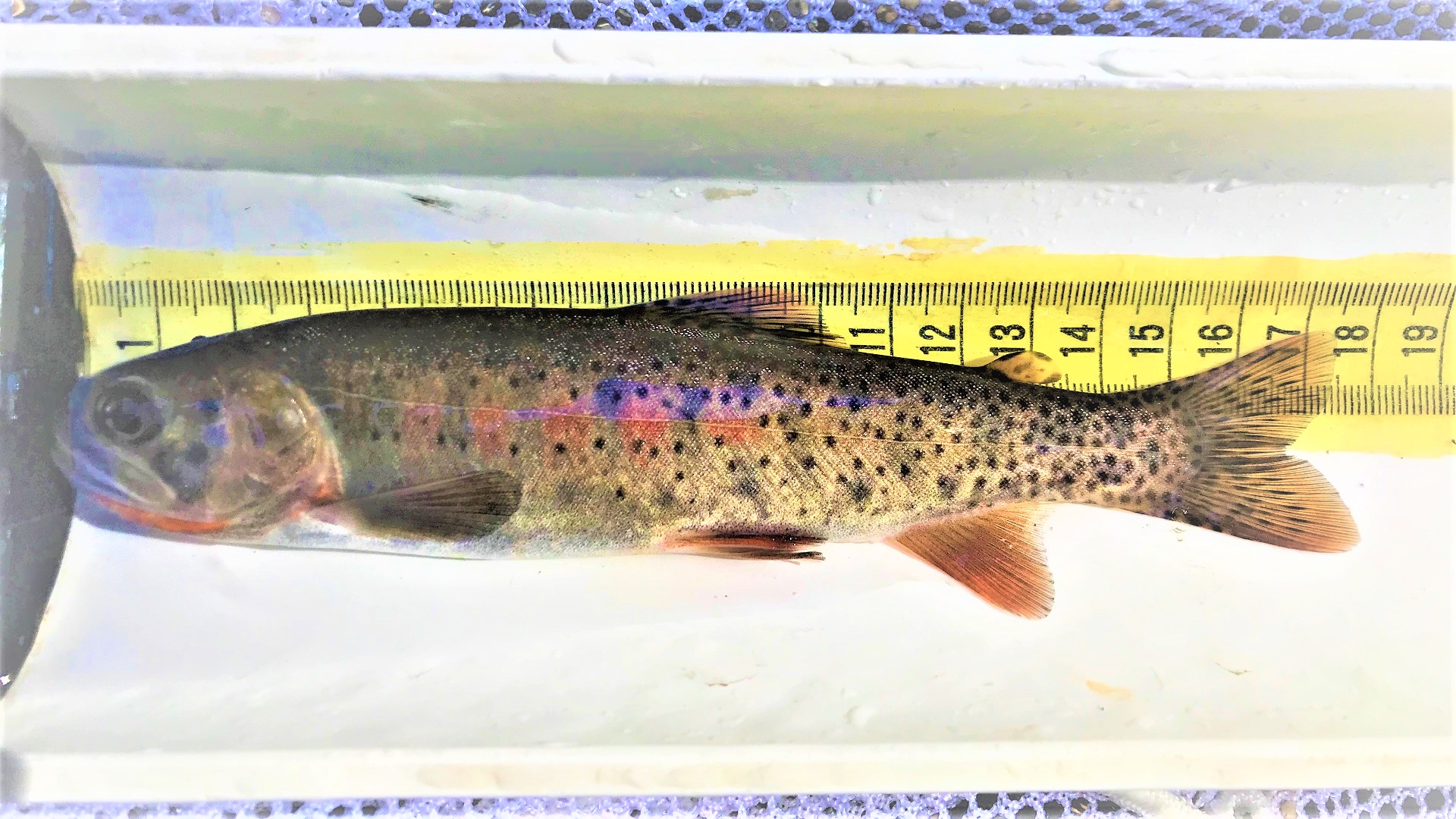
Cutthroat trout are easily identified by a red slash under the jawline.

Bear Creek provides reference data because it has excellent B-IBI macroinvertebrate scores.

Measuring maximum pool depths can sometimes be tricky; luckily, there are rocks to stand on!
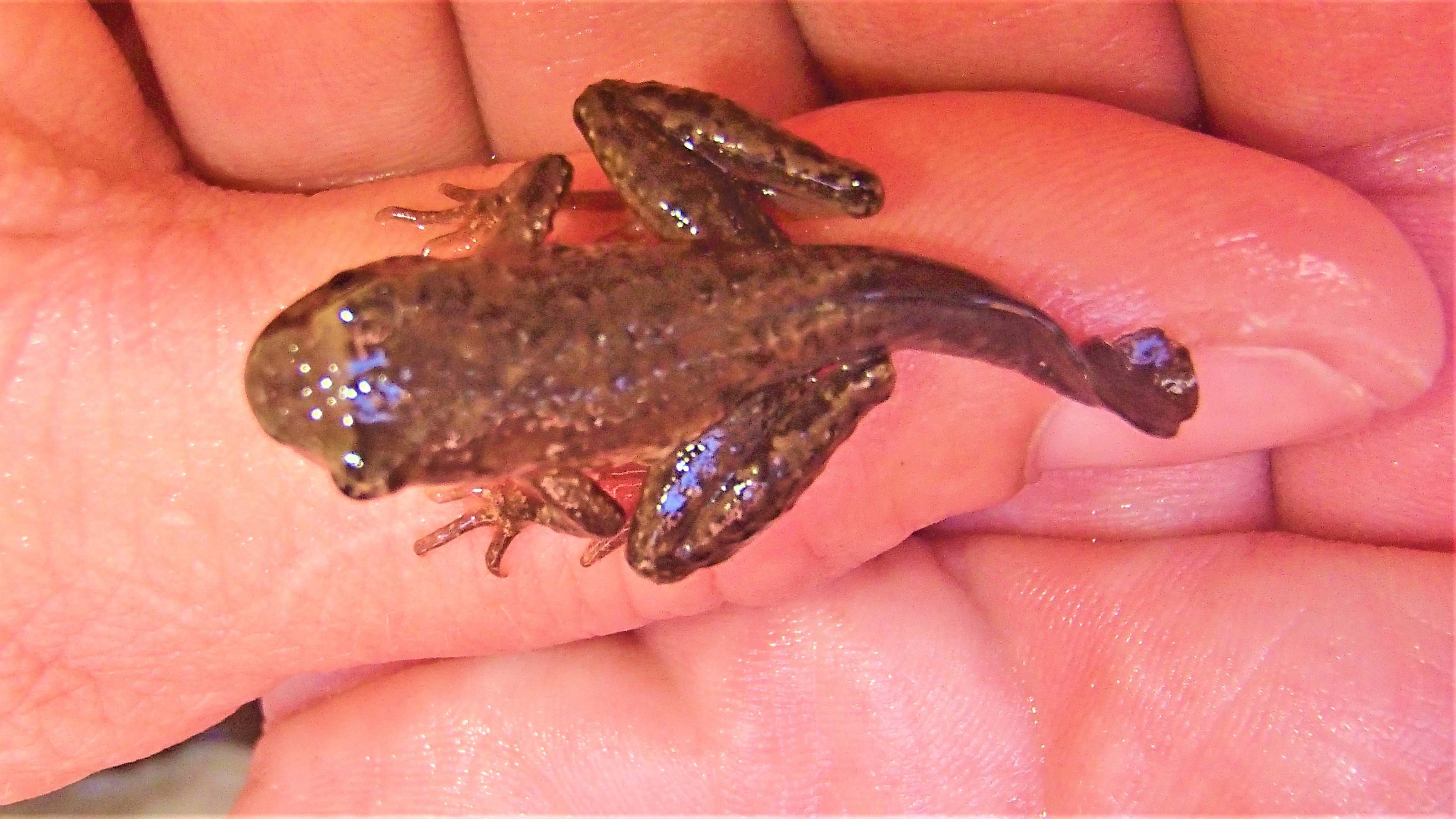
This tailed frog will continue to grow into an adult.
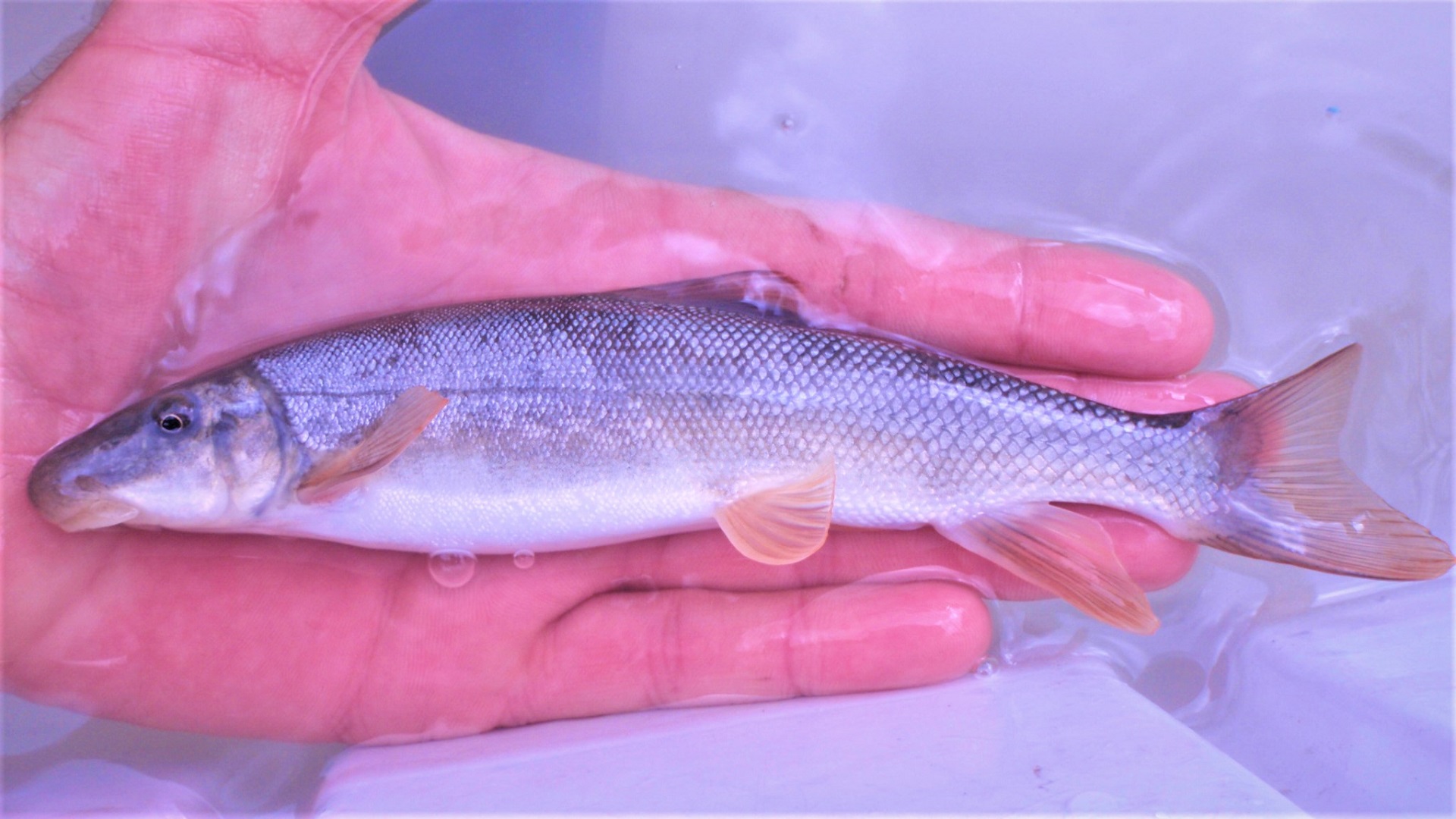
A mountain sucker fish from the Toutle River
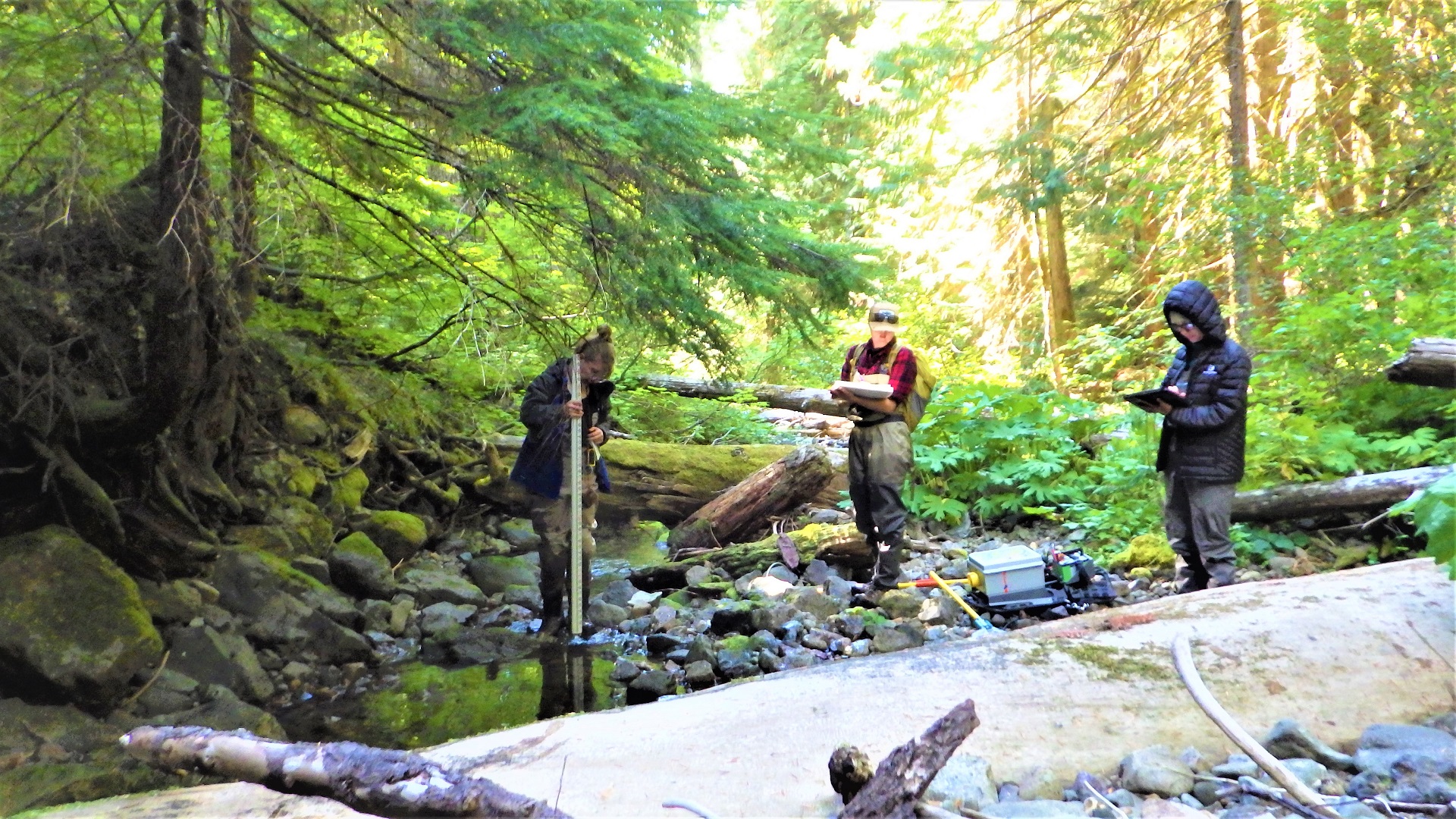
Crewmembers conduct a habitat survey at Laughingwater Creek near Mount Rainier.
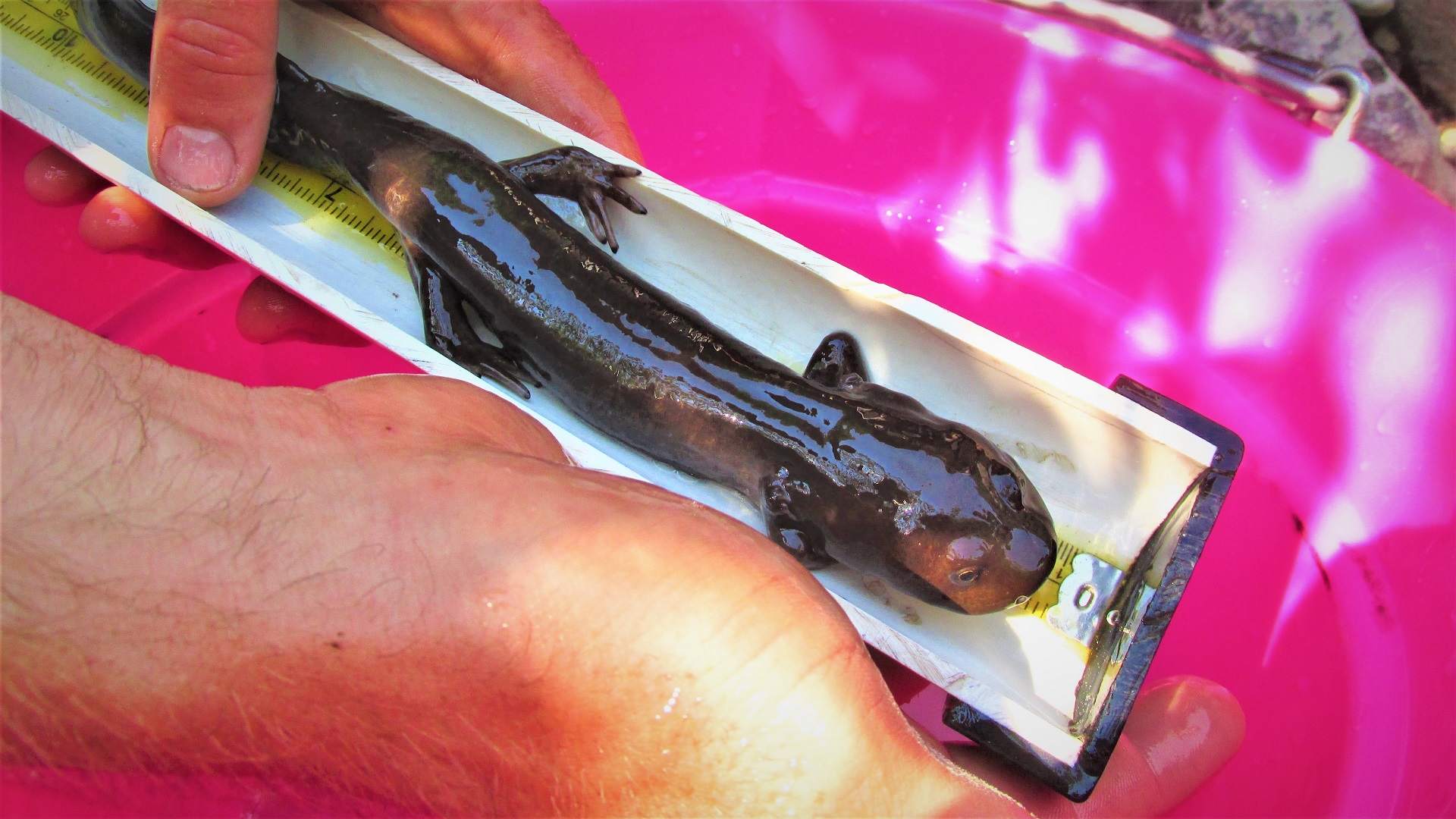
A Pacific giant salamander from Canyon Creek
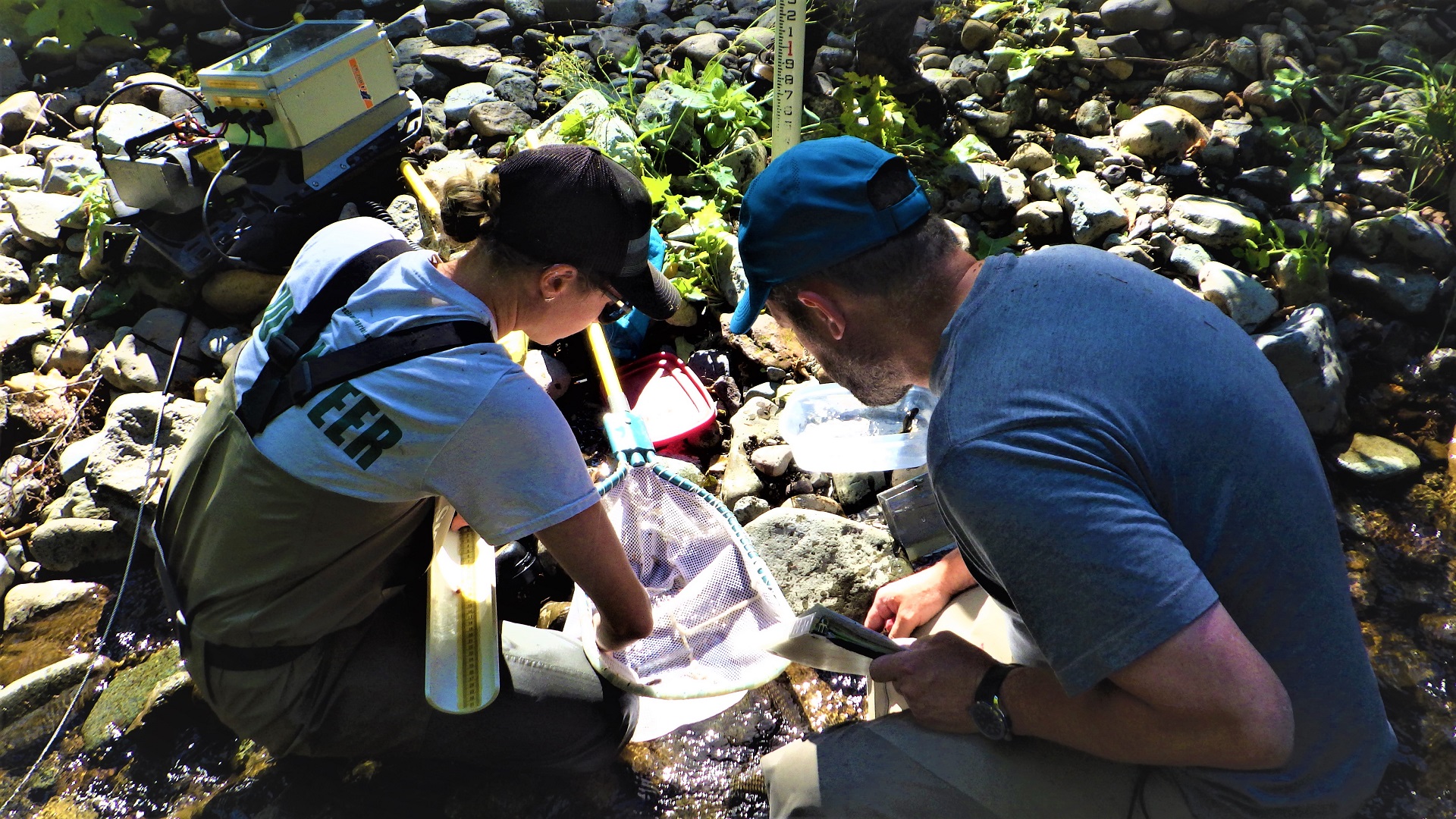
Crewmembers measure lengths and tally the size classes of each species.
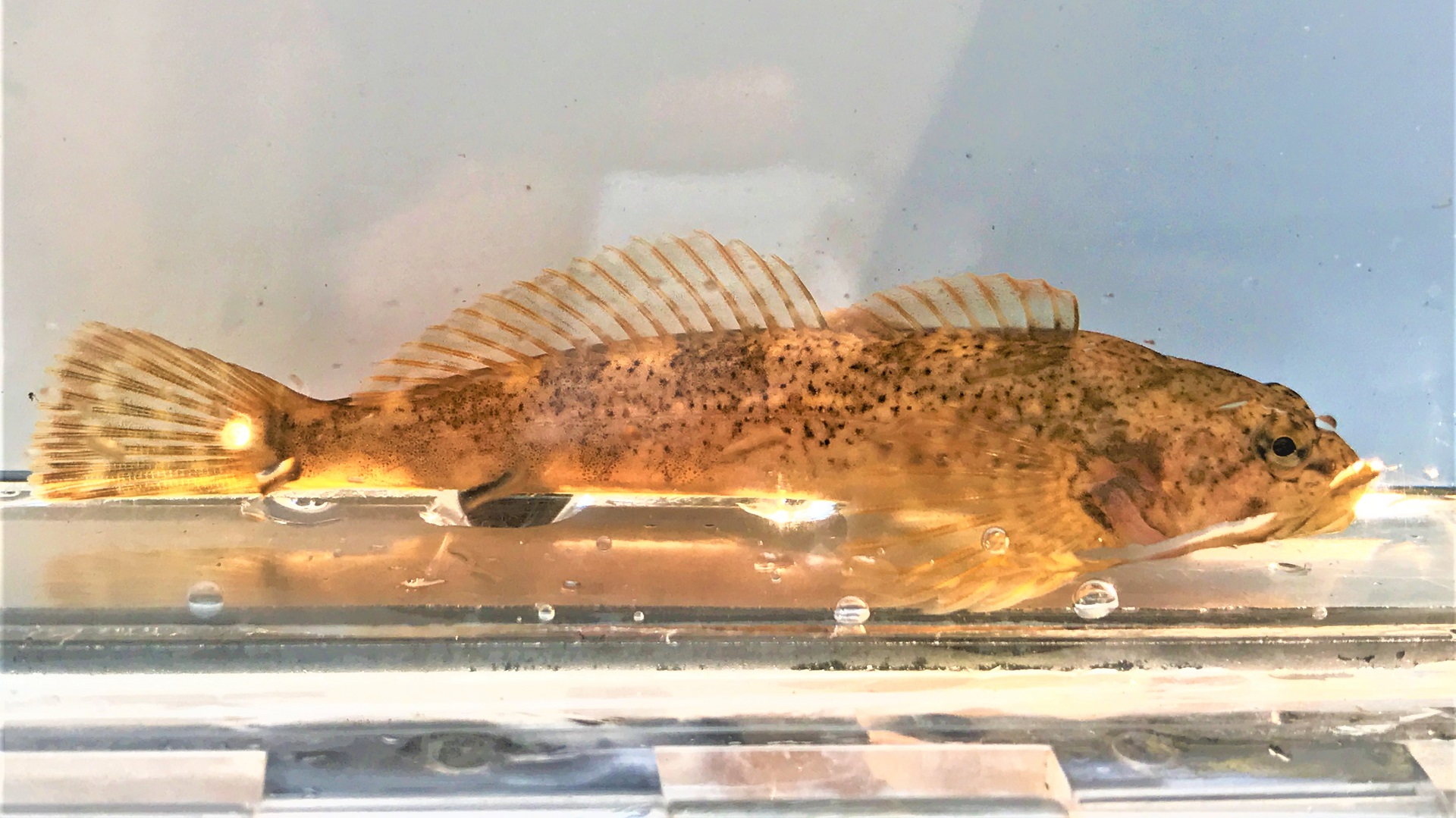
A closeup of a mottled sculpin.
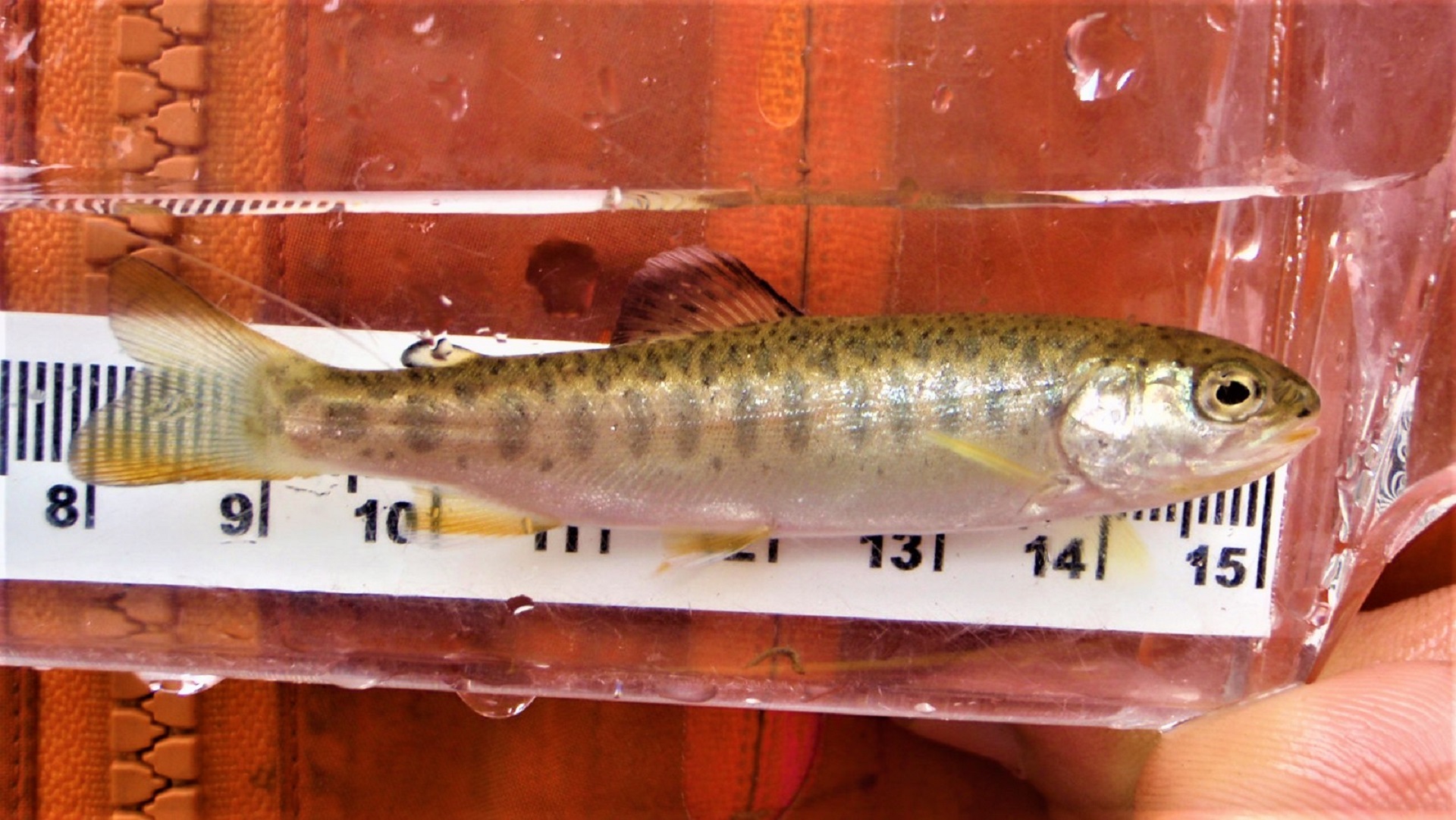
A beautiful juvenile rainbow trout from the Green River.

At each stream, crewmembers collect water quality samples.

